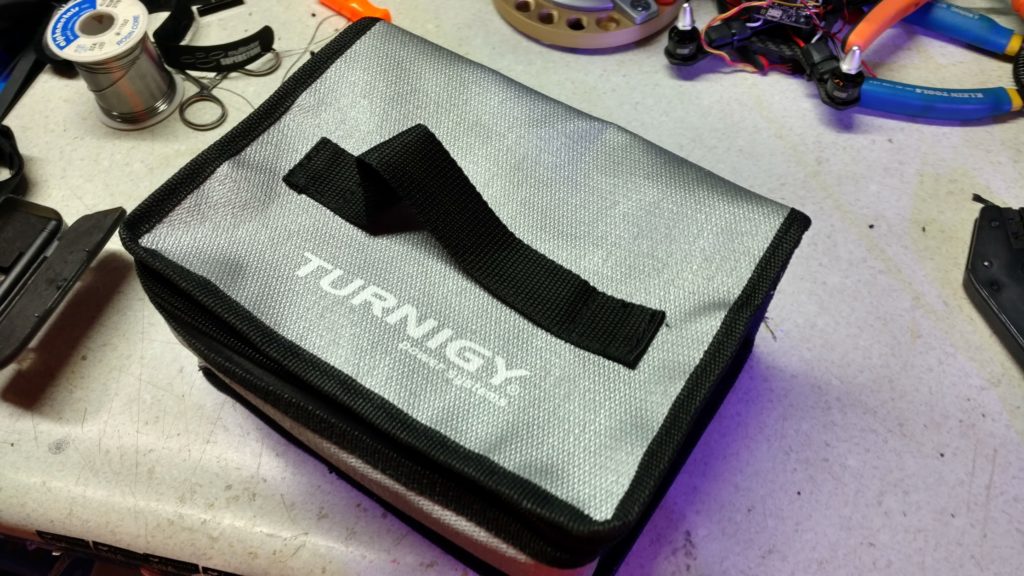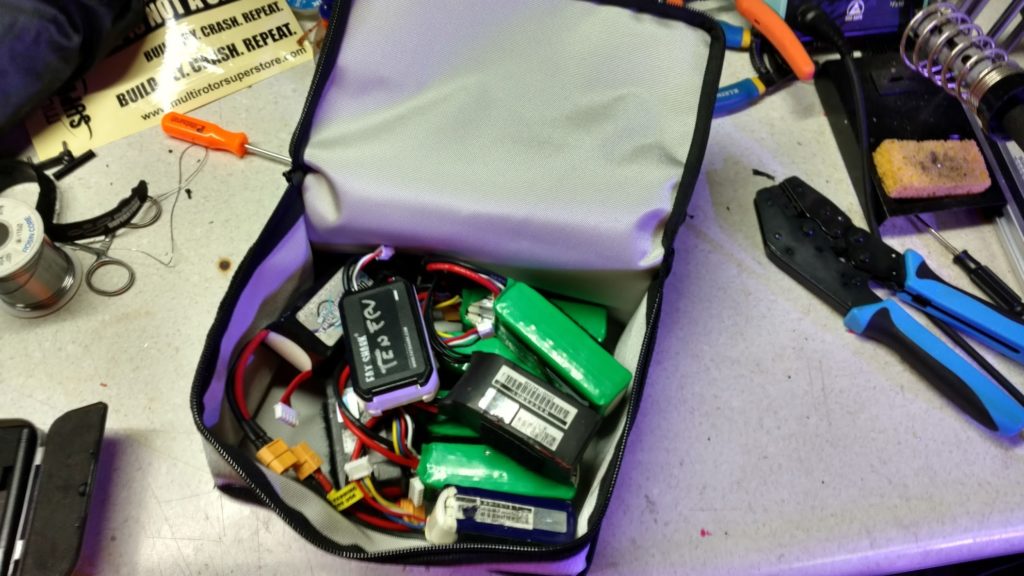So after losing my last FloRotors 130 off the back of my cart I wanted to build another. The last one I went with a few cheaper parts in the essence of time, this one I wanted to just throw the good stuff on it, the only thing I’m not sure about yet is the camera, a bit too wide of a FOV for me. The build was pretty simple, I skipped a PDB and just went with a wire loom I made. The quad flies really well out of the box, and I can go to 4S if the track is big enough. The Turnigy Bolt 850 HV 3S are nice, but too big imo. I think this quad would be great with a 500-600mah battery… yet so few batteries that size.
AUW: 246g
Frame: FloRotors 130
Motors: DYS 1306 4000kV
ESC: DYS XM20a
Props: GemFan 3″ TriBlades
Flight Controller: Lumenier Lux
Firmware: Betaflight 2.7.1
VTX: FX799T (200mw tx)
Camera: Micro 600TVL (170deg)
Receiver: FrSky XSR
Battery: Turnigy Bolt 850 3S
I’m sure those of you that are following my page closely will notice a few components are becoming my goto’s. Mainly the Lumenier Lux, FX799T, and the XSR. They are all rock solid components and am planning on throwing them in everything I build until something better comes along.


